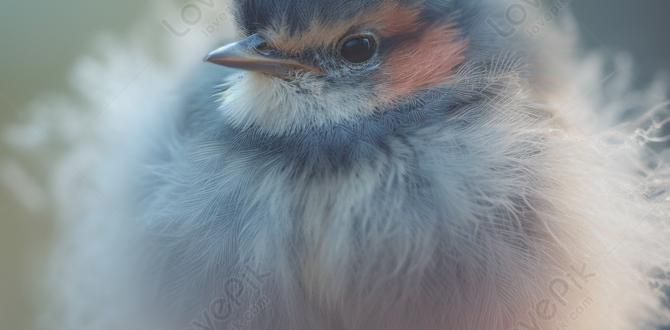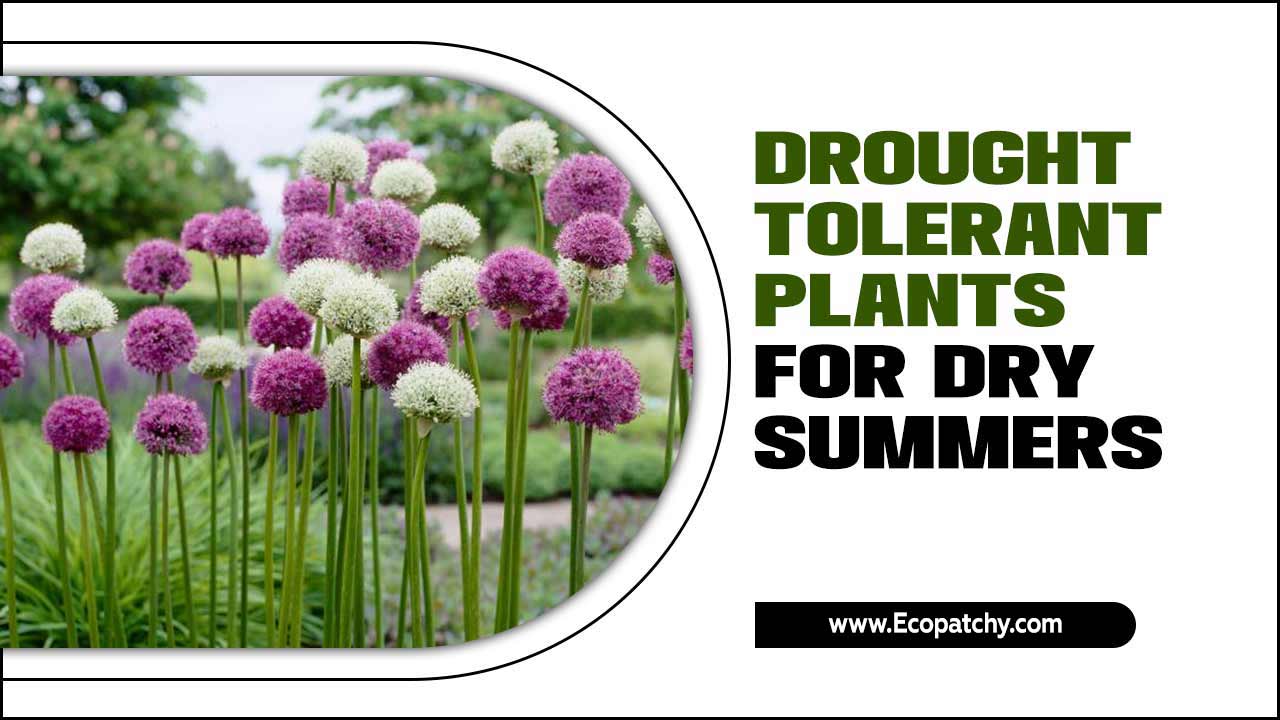Have you ever seen a garden bursting with color? Gerbera daisies can add bright cheer to your outdoor space. Caring for gerbera daisies outdoors is easier than you might think. These flowers love sunshine and can grow well in pots or the ground.
Imagine walking through your garden and seeing these vibrant blooms. Wouldn’t that be lovely? Did you know that gerbera daisies come in many colors? You can find them in pink, yellow, orange, and even red! Their beauty can bring a smile to anyone.
But how do you take care of them? That’s where this guide comes in! We will explore simple tips to ensure your gerbera daisies stay healthy and full of life. With the right care, your daisies can thrive and brighten your outdoor spaces. Ready to learn how to keep them happy?
Caring For Gerbera Daisy Outdoors: Essential Tips And Tricks

Caring for Gerbera Daisy Outdoors
Gerbera daisies are bright, cheerful flowers that can add beauty to any garden. These flowers thrive in sunny spots, needing at least six hours of sunlight daily. Water them regularly but don’t over-soak the soil; they prefer it slightly dry. Fertilize them every few weeks to keep them blooming. Did you know these flowers come in many colors? With the right care, you can enjoy their vibrant blooms all summer long!Choosing the Right Location for Gerbera Daisies
Importance of sunlight exposure for optimal growth. Soil drainage considerations for healthy roots.Finding the perfect spot for your gerbera daisies is like picking the right seat in a movie theater—sunshine is key! These flowers crave full sunlight, needing at least 6 hours each day to bloom beautifully. Choose a place that doesn’t feel like a water slide; good soil drainage is crucial to keep those roots happy. Standing water is a big no-no, so check your soil. The goal? Healthy roots lead to happy blooms!
| Sunlight | Soil Drainage |
|---|---|
| At least 6 hours daily | Well-draining soil |
| Bright, direct light | No standing water |
Soil Preparation and Planting Tips
Recommended soil types and pH levels for gerbera daisies. Stepbystep guide to planting gerbera daisies outdoors.For happy gerbera daisies, start with the right soil. They love light, well-draining soil that’s slightly acidic to neutral, so aim for a pH between 6.0 and 7.0. Now, let’s dig in! Here’s a simple guide:
| Step | Action |
|---|---|
| 1 | Choose a sunny spot—think “sunbather”! 🌞 |
| 2 | Mix in compost or peat moss for nutrients. |
| 3 | Dig holes about 1-2 feet apart. |
| 4 | Place the roots in and cover them gently. |
| 5 | Water them well, but don’t drown them! |
Follow these steps, and you’ll have blooms that will make everyone smile. Remember, happy daisies equal a happy gardener!
Watering Guidelines for Healthy Gerbera Daisies
Frequency and amount of watering needed. Signs of overwatering and underwatering.Gerbera daisies love water, but not too much! Aim to water them once every week, giving them about one inch of water each time. If their leaves start to turn yellow, that’s a sign of overwatering. On the other hand, if the plant droops and appears dry, it might need more water—this is underwatering. Check the soil; it should feel moist but not soggy. Remember, happy plants make for happy gardeners!
| Watering Issue | Signs |
|---|---|
| Overwatering | Yellow leaves, mushy roots |
| Underwatering | Droopy leaves, dry soil |
Fertilization Techniques to Promote Growth
Types of fertilizers best suited for gerbera daisies. Tips on how and when to apply fertilizers.Choosing the right fertilizer helps gerbera daisies flourish. Look for fertilizers high in nitrogen or balanced ones like 10-10-10. These support leaf growth and blooming. Apply fertilizer every four to six weeks during the growing season. Water the plant before applying, so it absorbs nutrients better. Remember, too much fertilizer can harm your flowers. Use less if the blooms look burnt.
What type of fertilizer is best for gerbera daisies?
Nitrogen-rich or balanced fertilizers work best for gerbera daisies.
Fertilization Tips
- Apply every 4-6 weeks.
- Water before fertilizing.
- Reduce if blooms burn.
Pest and Disease Management
Common pests that affect gerbera daisies and how to manage them. Diseases to watch for and preventative measures.Gerbera daisies can face pests and diseases. Common pests include aphids and spider mites. These tiny insects suck juices from the plant. Keep an eye out for their signs, like yellow leaves. To manage pests, you can wash them off with water. Sometimes, a natural spray helps too.
Diseases like powdery mildew can appear in humid weather. This white powder can harm your flowers. To prevent this, water early in the day. Good air flow helps too.
- Aphids: Small green pests that weaken plants.
- Spider Mites: Tiny and cause yellow spots on leaves.
- Powdery Mildew: White spot appearing on leaves in damp weather.
What are common pests harming gerbera daisies?
Pests like aphids and spider mites can harm gerbera daisies. They suck nutrients from the leaves and flowers.
How can diseases affect gerbera daisies?
Diseases such as powdery mildew can appear due to high humidity. Keeping your plants dry and well-cared-for will help them thrive.
Deadheading and Pruning Practices
Importance of deadheading for continuous blooms. Proper pruning techniques to maintain plant health.To keep your gerbera daisies blooming, deadheading is key. This means removing old flowers. It encourages the plant to produce new blooms. Without deadheading, plants may stop flowering. For healthy plants, learn proper pruning techniques.
- Prune after blooming to keep the shape.
- Cut back any dead or yellow leaves.
- Use clean tools to avoid spreading disease.
Always remember, less crowded plants can grow better and look prettier!
Why is deadheading important?
Deadheading is essential for encouraging new blooms and keeping your plants vibrant.
What are proper pruning techniques?
- Prune after blooming.
- Use clean and sharp tools.
- Remove dead leaves and spent flowers.
Seasonal Care and Protection
Specific care methods for different seasons. How to protect gerbera daisies from extreme weather conditions.Seasons change, and so do the needs of your gerbera daisies! In spring and summer, they flourish with water and sunshine. But watch out for harsh sun! Provide some afternoon shade to keep them cool. In autumn, it’s time to cut back the leaves and let them rest. Winter can be a challenge. Protect them with mulch or move them indoors. Gerberas are tough, but they appreciate a little TLC. They’re like kids at a snow day—excited, but needing a cozy blanket!
| Season | Care Tips | Protection Methods |
|---|---|---|
| Spring | Water regularly and fertilize. | Provide partial shade during the hottest days. |
| Summer | Keep soil moist and deadhead flowers. | Use shade cloth to filter intense sunlight. |
| Autumn | Prune back leaves and reduce watering. | Add mulch to protect roots. |
| Winter | Limit water and keep in a dark place. | Bring indoors or cover with protective cloth. |
When the weather gets extreme, think of your gerberas as little divas needing their special treatment. Whether it’s heavy rain or freezing winds, a little preparation helps them thrive! Happier flowers mean more colorful blooms, so keep that nature dance party alive!
Conclusion
In conclusion, caring for gerbera daisies outdoors is fun and rewarding. Make sure they get plenty of sunlight and water them regularly. Use well-drained soil to keep them healthy. You can protect them from pests and enjoy their bright blooms. Start your own gerbera garden today! For more tips, check out gardening books or reliable websites.FAQs
What Is The Best Planting Method For Gerbera Daisies In Outdoor Gardens?To plant gerbera daisies in your garden, choose a sunny spot with well-drained soil. Start by digging a small hole, about twice the size of the root ball. Place the plant in the hole and cover the roots with soil. Water the plant gently to help it settle. Make sure to give it enough sun and water as it grows!
How Often Should Gerbera Daisies Be Watered When Grown Outdoors?You should water gerbera daisies once a week when they are outside. If it’s really hot or dry, check the soil. If it feels dry an inch down, give them extra water. Always make sure they don’t sit in puddles, because that can hurt them.
What Are The Ideal Soil Conditions And Ph Levels For Growing Gerbera Daisies Outside?Gerbera daisies like well-drained soil with lots of organic matter. You should aim for sandy or loamy soil. The best pH level for the soil is between 6.0 and 6.8. This means the soil should be slightly acidic. Good soil helps your flowers grow strong and colorful!
How Can You Protect Outdoor Gerbera Daisies From Pests And Diseases?To protect your gerbera daisies, you can start by keeping the area clean. Remove dead leaves and weeds around the plants. Check your flowers often for bugs and tiny spots that show they might be sick. You can use natural sprays, like soap and water, to keep bugs away. Finally, give your flowers enough space to grow so they can stay healthy!
What Are The Best Fertilization Practices To Promote Healthy Growth And Blooming Of Outdoor Gerbera Daisies?To help your outdoor gerbera daisies grow strong and bloom brightly, use a balanced fertilizer. Look for one that has equal parts of nitrogen, phosphorus, and potassium (often shown as N-P-K). Apply the fertilizer every 4 to 6 weeks during the growing season. Be sure to water your daisies well after you fertilize. This helps the plants take in all the nutrients they need!








